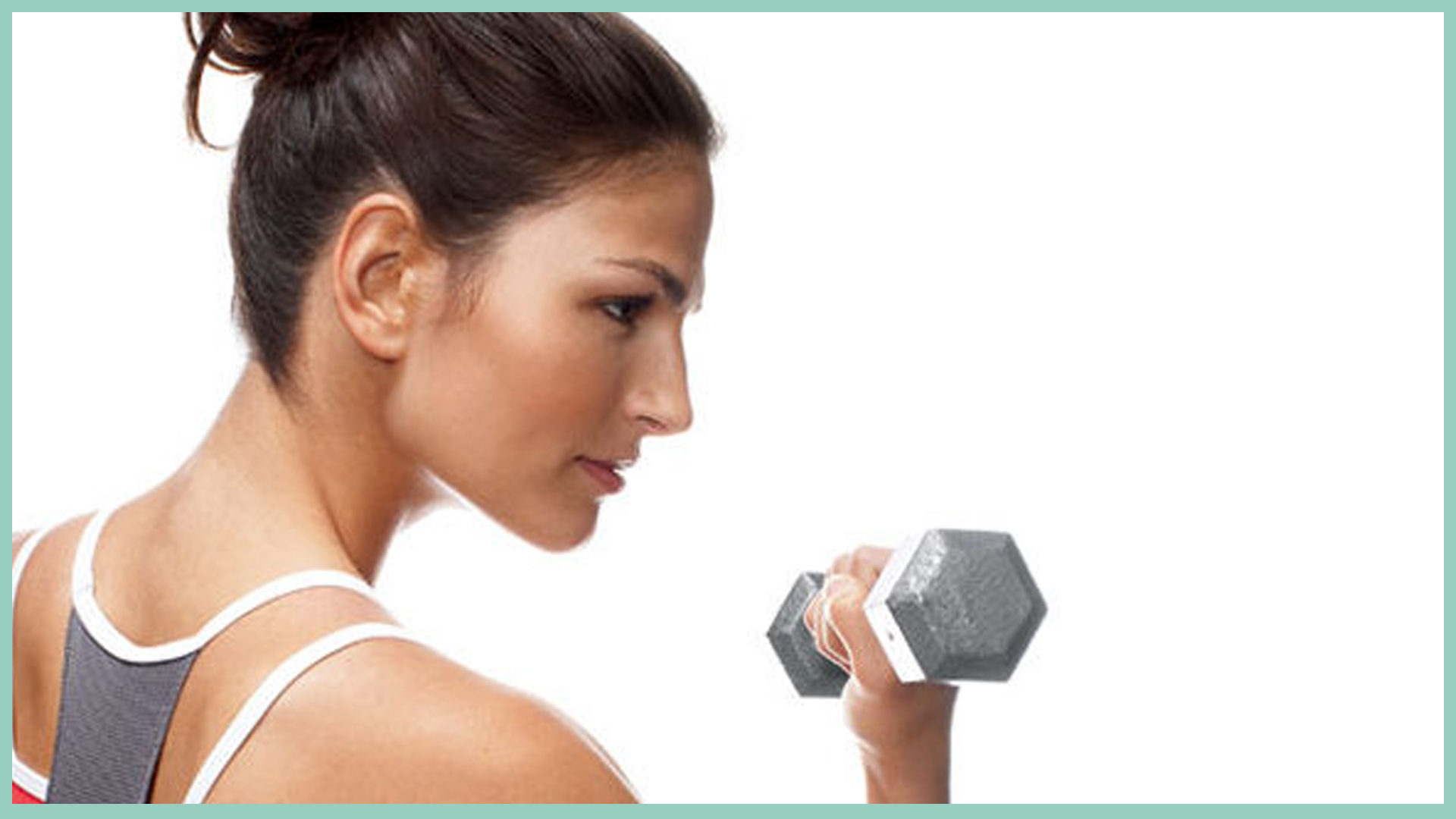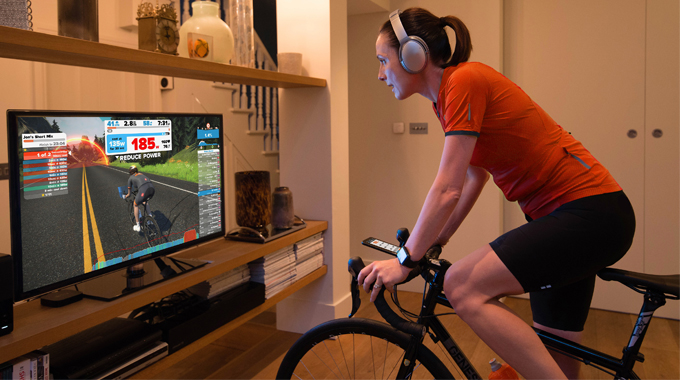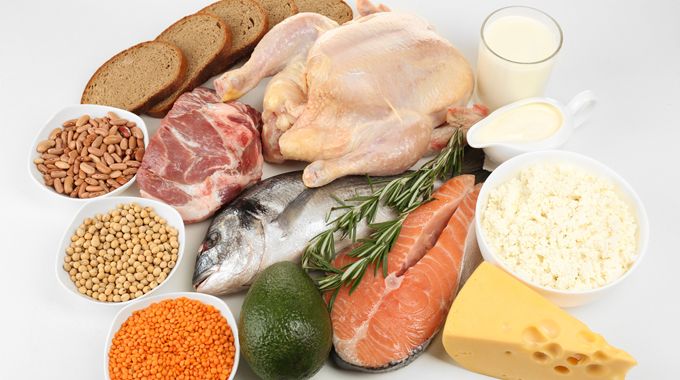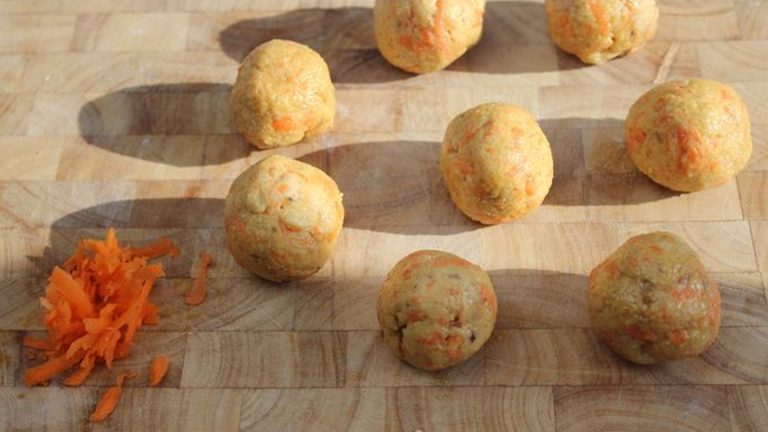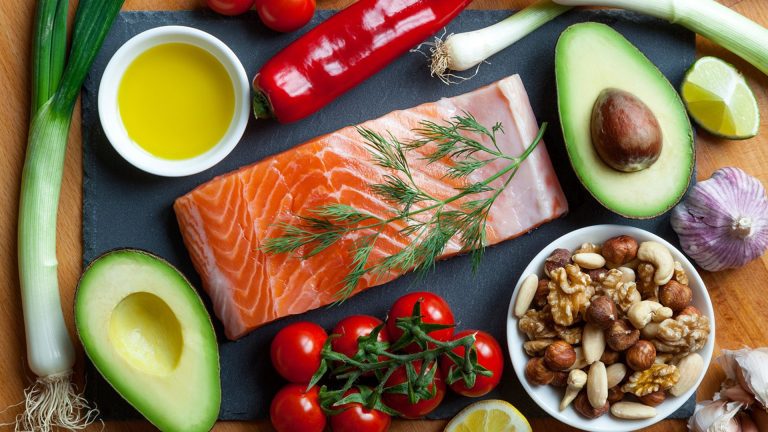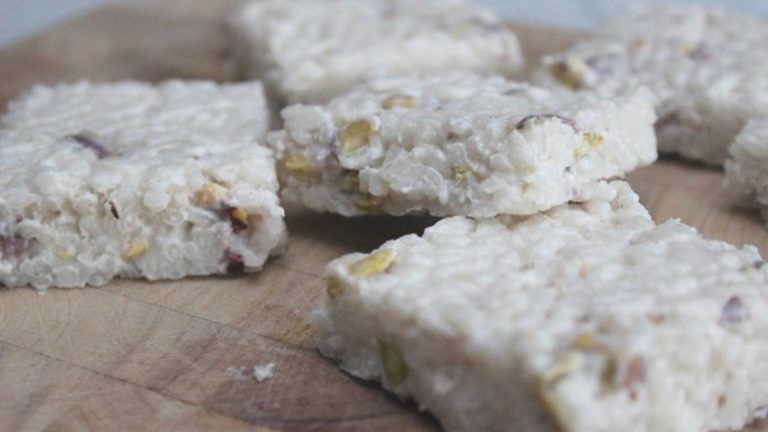If you’re trying to drop some weight and reduce our body fat, eating regularly may feel counter-intuitive; it’s easy to think we ought to heavily restrict our calorie intake, however, if we restrict our calorie intake too much this can actually work against us.
We enlisted the help of Emma Barraclough, Senior Sports Nutritionist for Science in Sport to explain how eating regularly and exercising will help you to achieve your perfect weight.
Eat Regularly
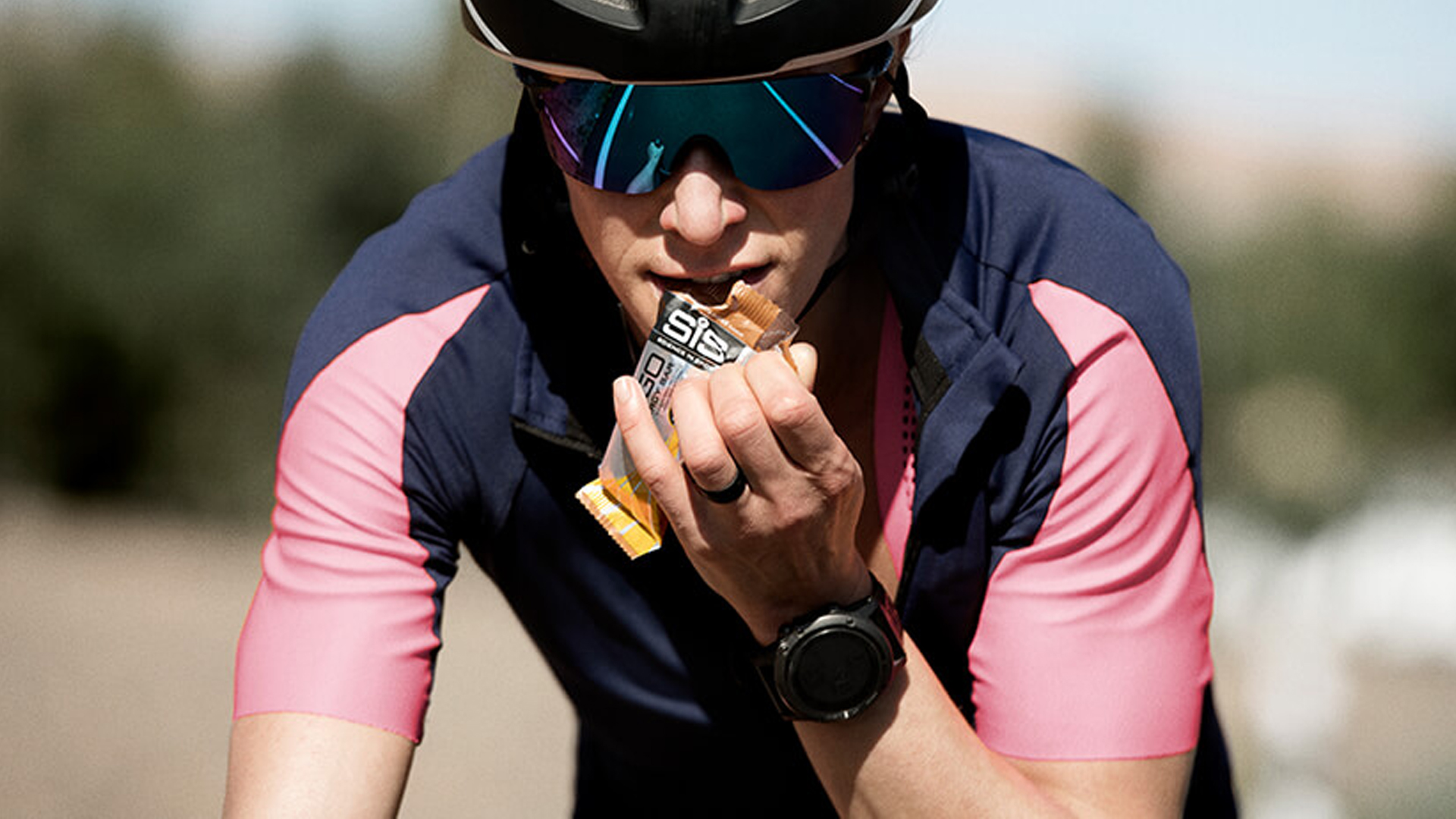
Unless you’re riding for 4-5 hours a day, your metabolism is accountable for using most of your calorie intake, and the good news is that we can lift our resting metabolic rate by eating regularly throughout the day, by having three well-balanced meals and a couple of healthy snacks in between.
You might have noticed that you feel warm after eating a large meal, which is caused by the thermic effect of feeding. Even eating small meals creates this effect, and is a release of energy in itself. Skipping meals means that you miss out on this beneficial effect, and your body will slow down your metabolic rate to try to preserve your energy stores. This means that you start to burn fewer calories at rest, and will find exercise much tougher than if you are fuelled correctly.


